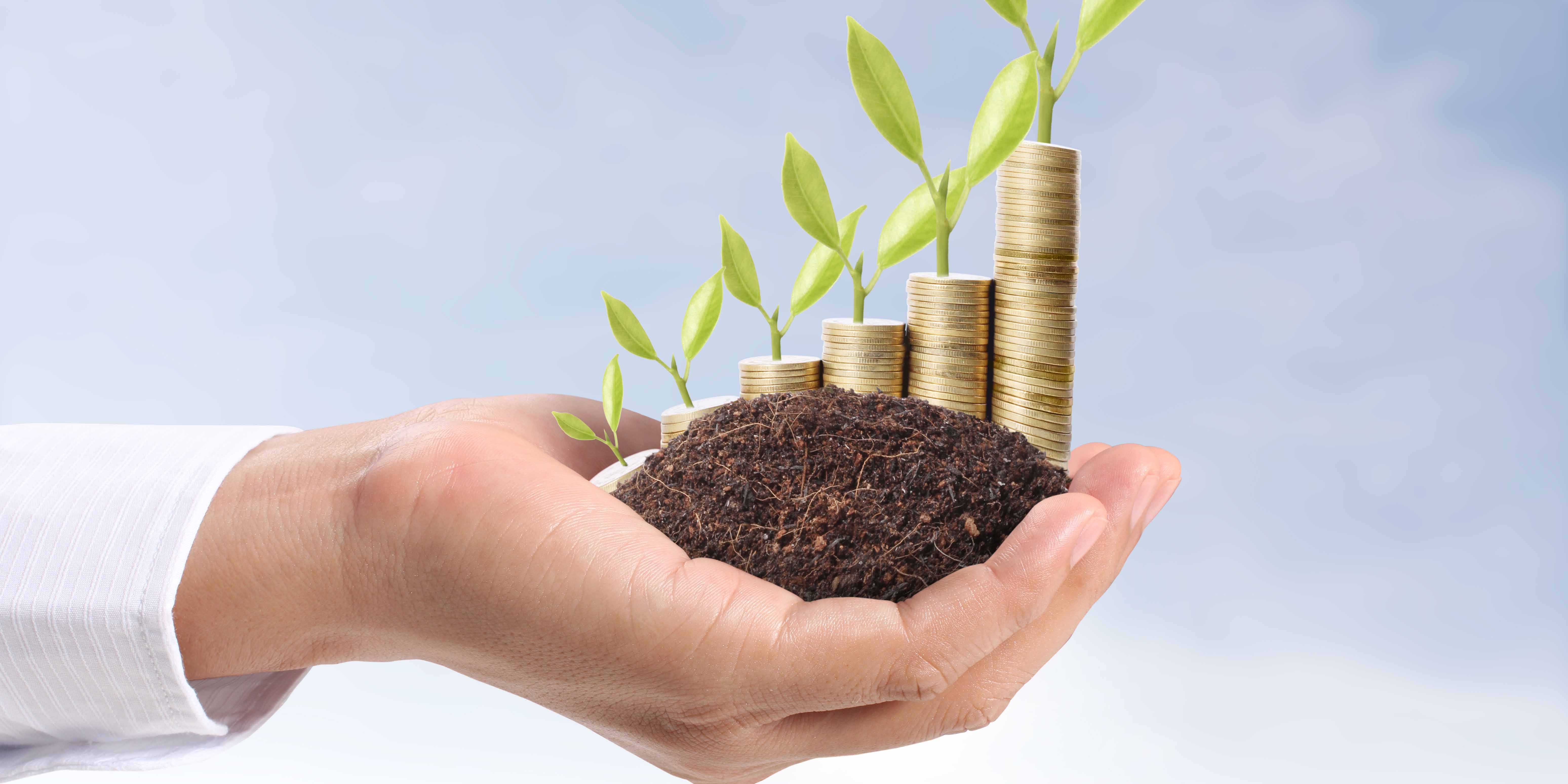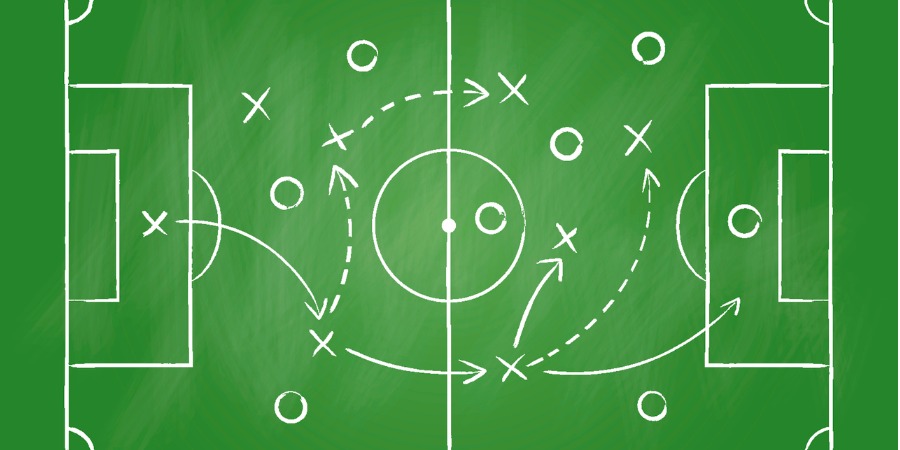
Adapted from Dr. Claes Fornell's book | May 26, 2017
The Satisfied Customer: Winners and Losers in the Battle for Buyer Preference
Companies that have excellent service staff and high levels of customer satisfaction will find that more effort directed at exceeding expectations often comes close to the point of diminishing returns, just as in the case of maximizing satisfaction. Customer expectations should be met, but generally not exceeded.
One of the most common excuses for waning satisfaction is the myth of rising expectations. The logic goes something like this: Product quality always improves. Customers have come to expect more and more from their suppliers and expectations rise much faster than quality.
But ACSI data suggest that customer expectations are essentially rational and adaptive in the face of changing market conditions. The implication is that aggregate expectations are reasonably well synchronized with the quality that products and services actually deliver.
In the case of repeat purchasing, the consumer relies on his/her previous consumption experiences. Unless there is a great variation in quality over time, these expectations should not be far off the mark. If satisfaction is high, expectations are likely to be high as well; likewise, if satisfaction is low, expectations tend to adjust downward.
I am a frequent flyer—my work takes me around the world on a regular basis. Satisfaction with airlines is near the bottom, but passenger expectations are not high either. I expect long waits, crowded planes, less than excellent food, and you know what? Most airlines meet my expectations—sometime they exceed them (not by much, but things are sometimes better). But that doesn't mean that I'm a satisfied passenger: Even though most airlines meet my expectations, my standards for being a satisfied passenger are not the same as my expectations. The latter are predictions about the level of service that I am about to experience.
Things are different for first-time purchases. By definition, the first time we buy a particular product, we have no prior experience with that product. Other sources of information, advertising, and promotion play a larger role. Yet here, too, there are forces balancing expectations. If sellers exaggerate product claims, a one-time purchase may be gained but only at the expense of a long-term customer.
If, on the other hand, the seller downplays the excellence of its product in order to create low expectations, chances are that there won't be a purchase in the first place. Thus, there is a system of "checks and balances" that constrains a seller's incentive to either exaggerate claims or deflate expectations.
This doesn't mean, however, that we should seek to exceed our customers' expectations. Although the idea of exceeding expectations may sound good as a business slogan, it's not good business. It's no more realistic than it is for firms to continually exceed financial expectations.
Since customer expectations are largely rational and buyers rapidly learn (and remember) what to expect, we would create even higher expectations for the next purchase. This is especially risky in services where satisfaction is highly dependent on personalized service.
Companies that have excellent service staff and high levels of customer satisfaction will find that more efforts directed at exceeding expectations often come close to the point of diminishing returns, just as in the case of maximizing satisfaction. Customer expectations should be met, but generally not exceeded.
For instance, a large retail department store learned that checkout wait times had a substantial impact on customer satisfaction. If customers had to wait more than 60 seconds at the register (and it didn't matter if it was 65 or 90 seconds), they would become upset and dissatisfied. Conversely, wait times of 30 to 60 seconds were acceptable, though 30 was clearly more acceptable than 60.
It was thought that if customers were happy with a 30-second wait, they would be thrilled with a 20-second wait. But customers were perfectly willing to wait for 30 seconds and even somewhat longer, and attending to them more quickly was of no consequence whatsoever.
Yet the company wasted time and money on extra cashiers to exceed expectations and reduce average wait times to 20 seconds. Customers simply weren't any more satisfied and thus didn't buy more or became more loyal customers. The retailer exceeded expectations, but at a loss of profit.
Other Resources
- Date
- September 7, 2023
by David Ham | September 7, 2023 With the amount of money involved in professional sports contracts, the current trend toward deeper analysis makes good business sense. However, […]- Date
- June 2, 2023
by David Ham June 1, 2023 I will start by stating the obvious, inflation is forcing consumers to make tradeoffs and difficult decisions. This puts businesses […]- Date
- August 1, 2022
by David Ham August 1, 2022 Five years ago, I wrote a blog that asked, Is This a ‘Hook-Up’ or a Long-Term Relationship? The post was […]- Date
- May 24, 2022
by Omar Khan May 24, 2022 A few years before getting my first job as a consultant, I spent a summer abroad in the United Arab […]




